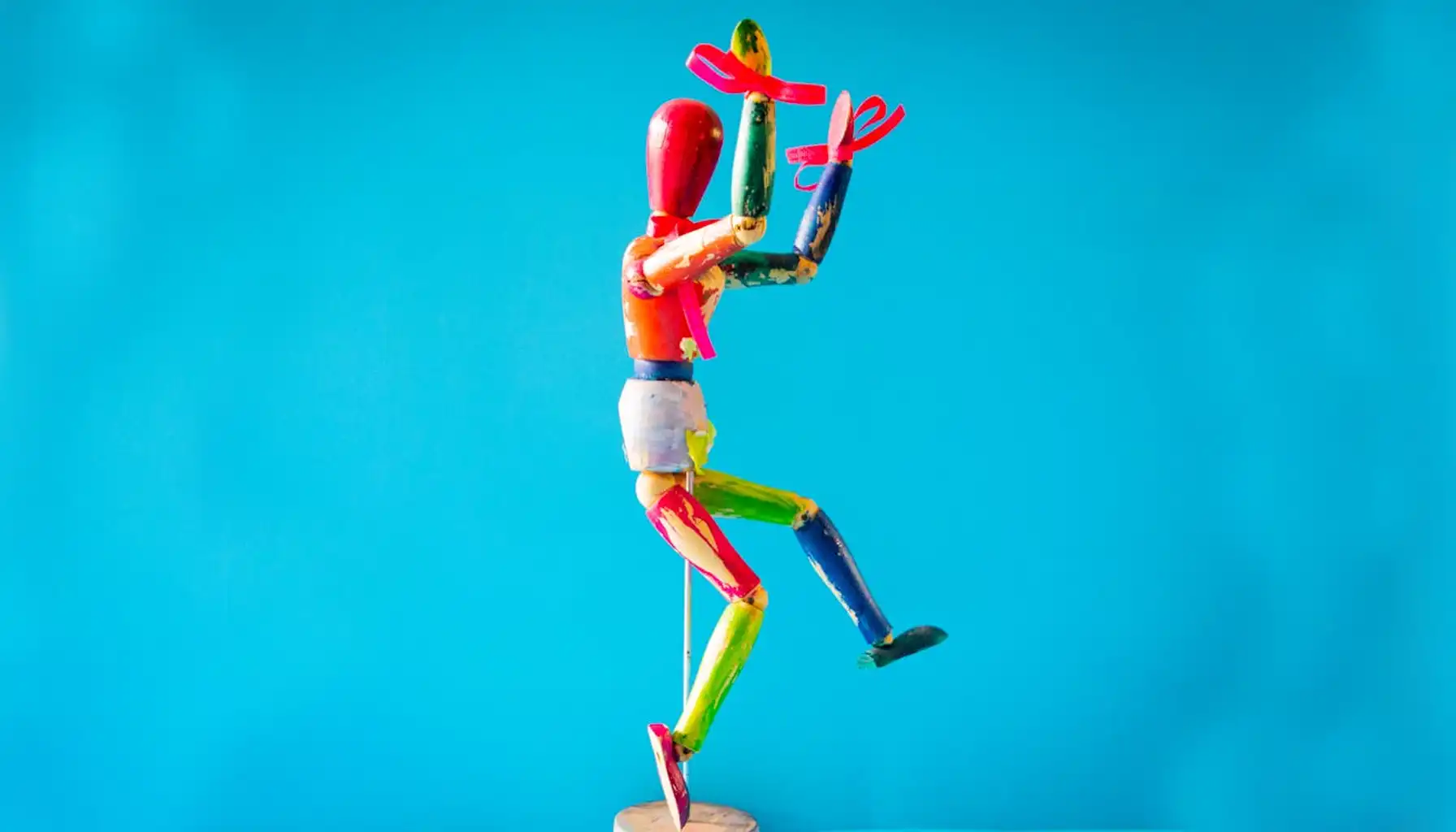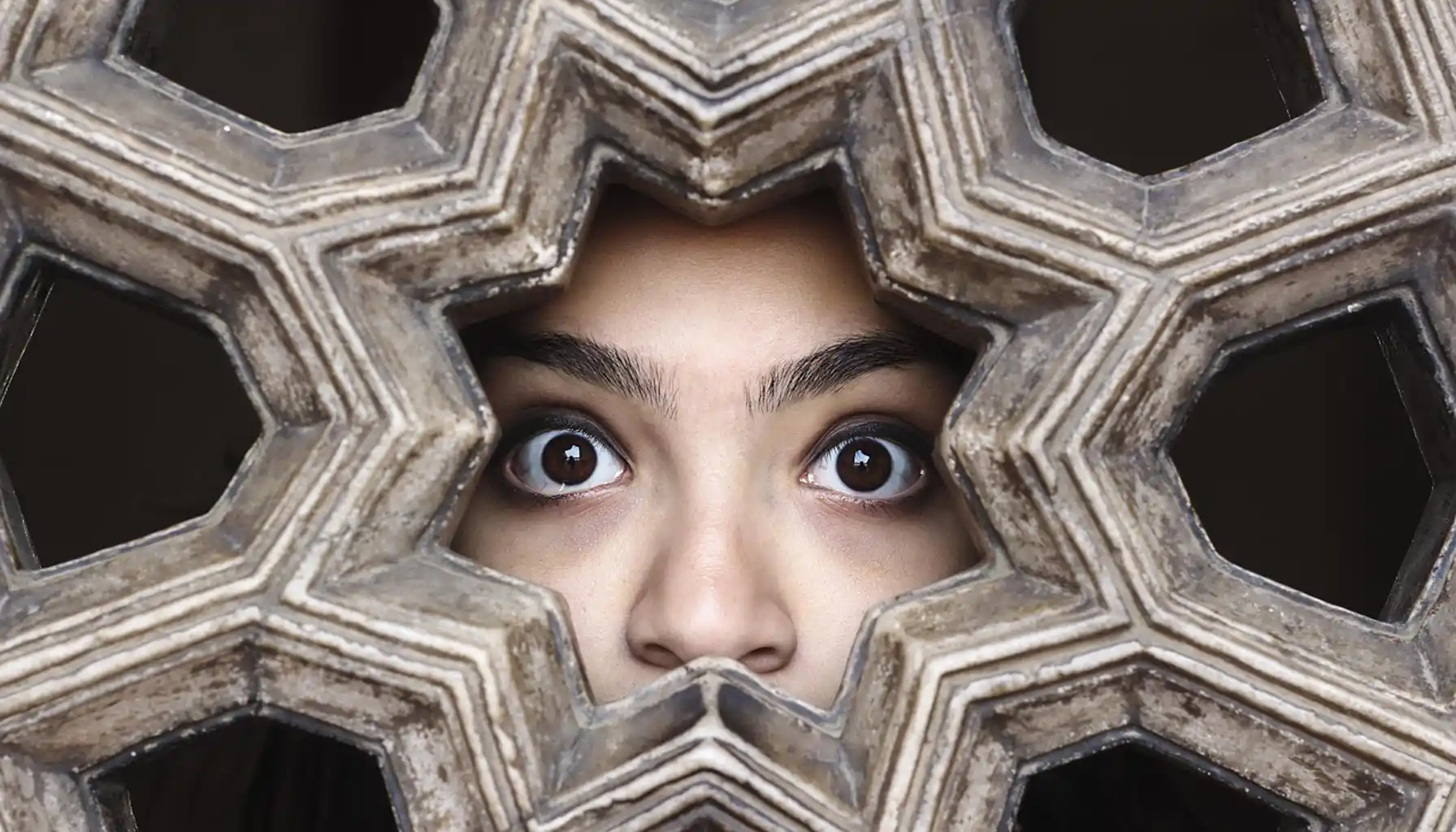Contents:
Automatonophobia is the fear of human like figures. The automatonophobia meaning is anything that looks convincingly human but isn’t alive: wax statues, mannequins, ventriloquist dummies, animatronics at theme parks, even some humanoid robots.
So, what is automatonophobia in everyday life? It’s when a trip to the mall is a mini obstacle course to avoid mannequins. Most people might just get a mild case of the creeps, those with this phobia can feel intense anxiety and a need to escape the scene altogether.
Apps like the games for the brain app can help you with the mental side of these reactions. They have exercises, focus training, and anxiety-calming activities. It won’t make mannequins disappear, it can distract from the feel of a nightmare fuel.
Possible Causes of Automatonophobia
Like in other phobias, there’s no single origin story for this fear, a few common threads are:
Early shocks. A child walking past a department store display only to have a mannequin’s arm fall off might remember it forever. It can grow into something bigger over time
The “uncanny valley” effect: when something looks almost human, but not quite right: a wax figure with lifeless eyes, or a robot that moves a bit too smoothly. Our brains see the mismatch
Cultural influences. Horror films, eerie museum exhibits, and even ghost stories can have associations between human-like figures and danger
Anxiety sensitivity. People already prone to anxiety may react more strongly to ambiguous or unexpected stimuli, like humanoid objects
The automatonophobia pronunciation is ah-tuh-MAH-tuh-no-FOH-bee-uh and the reaction it describes is even trickier to deal with in real life. The automatonophobia definition shows the tension or panic these figures can trigger.
Signs and Symptoms of Automatonophobia

People with this fear who meet a wax figure, animatronic, or realistic mannequin, their reaction can be mild discomfort or full panic mode. How it shows up:
Type | Examples | Impact |
Physical | Racing heartbeat, sweaty palms, tense muscles, dizziness | Can make it hard to stay in the same space as the trigger, even for a few seconds |
Emotional | Sudden wave of dread, feeling “watched,” irrational certainty the figure will move | Emotional distress can linger long after leaving the area |
Behavioral | Avoiding certain stores, museums, or theme parks; changing walking routes | May limit leisure activities, travel, or even work situations if automatonophobia triggers are common |
Automatonophobia symptoms can start before actual contact, just seeing a photo online can be enough. In many cases, the brain treats these objects as potential threats, even when logic says otherwise.
The reasons behind this reaction are different, but automatonophobia causes trace back to personal experience and that eerie vibe that freaks out most people at least a little.
Diagnosis and Assessment of Automatonophobia

Getting a clear answer starts with a conversation, no, not with the creepy wax statue, but with a mental health professional. They’ll ask about when and where the fear appears and how it affects daily life. You will need to know if it’s a specific phobia or something else entirely.
Step | What Happens | Why It Matters |
Clinical Interview | You describe your experiences, triggers, and reactions. Yes, any reactions, even the "cringe" ones | Helps the therapist connect your experiences to an official diagnosis and understand what does automatonophobia mean for you personally |
Observation & Questionnaires | You may fill out forms rating your fear intensity and frequency. | Gives a measurable sense of severity and tracks progress later |
Trigger Differentiation | The professional asks if your fear is specific to wax figures, mannequins, or automatonophobia animatronics, or if other human-like shapes also cause distress | Rules out phobias or broader anxiety issues |
Treatment and Coping Strategies for Automatonophobia

Like with any other treatment, you will need a lot of patience and a professional who doesn’t discard your feelings.
The good news is there are several evidence-based methods that can help reduce fear and rebuild comfort around human-like figures. There are several methods the professional can use to help you.
Cognitive Behavioral Therapy (CBT)
This approach is pretty popular; this is one of the most common methods. CBT helps you change irrational thoughts about figures like mannequins or animatronics, replacing them with more realistic beliefs.
No, you will not force comfort upon yourself, it won’t work this way. But you will need to rewrite the way your brain processes the trigger. Sounds wild, but it helps, and lot’s of research proves that (like The Efficacy of Cognitive Behavioral Therapy: A Review of Meta-analyses PMID: 23459093), CBT shows your brain the feared stimulus in a controlled way.
You would probably need to add other techniques to challenge catastrophic thinking and regulate physical anxiety responses. Studies on other specific phobias can help you with combinations which can produce long-term change, and more effectively than medication alone.
Exposure Therapy
This is a controlled encounter with the feared object. For example, you might start by looking at pictures of mannequins, then visiting a store with them, standing right next to one. The process is slow and designed to avoid panic.
Exposure therapy is a practice with the feared cue (pictures → videos → real-life) so your brain can form a new memory: “I can handle this.” Modern exposure is learning-building stronger “I’m safe and capable” memories that compete with the old fear file.
What it looks like:
Psychoeducation & plan: you and a therapist map triggers, safety behaviors (e.g., sunglasses inside, checking exits), and create a fear ladder from easiest to hardest steps
Graded exposure: you practice on purpose: first imagining, then looking at photos, then in-person steps. Sessions are paced, repeatable, and debriefed
Drop the crutches: little “tricks” that keep fear alive (pep talks on loop, clutching a lucky charm) are gradually reduced so you get the credit, not the crutch
Expectancy violation: before each step, you predict the disaster (“I’ll faint”). Then you test it. The mismatch between prediction and reality is the medicine
Generalize & maintain: you repeat wins in new places and times so the brain doesn’t file progress under “only-at-therapy.
Virtual Reality (VR) Therapy
Some clinics use VR to simulate encounters in a controlled space. It’s helpful for people not ready for in-person exposure.
What VR is good at:
Creates environments inside a headset, so exposure can happen safely in-clinic
Triggers real emotional/physiological responses similar to real life (anxiety, fear, heart-rate changes), which is what exposure needs to work
Lets clinicians personalize scenes, pace difficulty, and capture objective data (eye-tracking, approach distance, heart rate) in real time
How strong is the evidence? The research “Virtual reality as a clinical tool in mental health research and practice PMID: 32699517” says
A meta-analysis of 9 RCTs reported VR exposure ≈ in-vivo exposure for phobias: comparable outcomes, suggesting similar learning mechanisms
Broad reviews across anxiety disorders and other conditions echo promising efficacy, though many studies have methodological limitations (small samples, variable quality)
Implementation in routine care still lags: few off-the-shelf, validated programs; costs, training, and tech churn slow adoption
FAQ About Automatonophobia
What exactly does “fear of human-like figures” cover?
It can be wax statues, mannequins, animatronics, ventriloquist dummies, and even some highly realistic robots. If it’s human-shaped but not actually human, it might fit the criteria.
How common is automatonophobia?
It’s not as frequently reported as other phobias, but that doesn’t mean you’re alone. Many people feel uneasy around lifelike figures, some just happen to feel it more intensely.
Can it be treated?
Yes. Therapy (especially exposure therapy and CBT), relaxation techniques, and gradual desensitization can all help reduce or even resolve the fear over time.
Will avoiding museums forever make it go away?
Unfortunately, no. Avoidance reinforces the phobia, not solves it.
Can this fear start suddenly?
Absolutely, sometimes after a single unsettling encounter, or gradually from repeated uncomfortable experiences.





